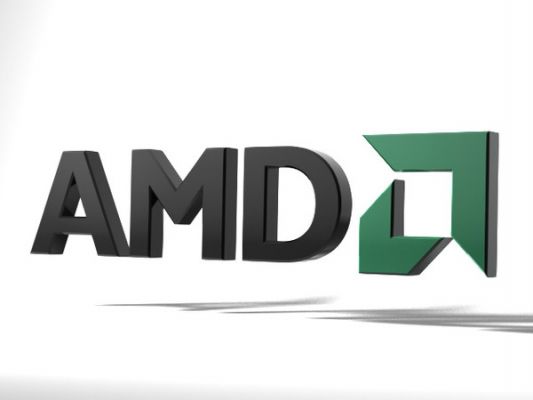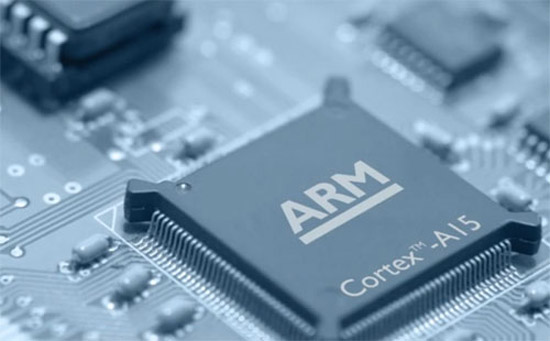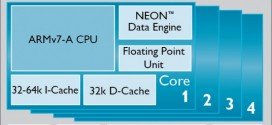Moore’s Law may soon be coming to an end, according to AMD. It’s already been slowing down for the past few years, and it’s getting increasingly more difficult to move to new process shrinks, and that’s true for both AMD and Intel.
The end of Moore’s Law
In the past few years we’ve seen PC processors get only about 10-15% performance improvement every year, which means that instead of doubling in performance every 18-24 months, like Moore’s Law originally said, they are now gaining only a 20-30% improvement in performance every 2 years. So it’s pretty clear that Moore’s Law, by its original definition, is already dead, and not just dying.
If we’re referring to Moore’s Law as simply “yearly improvements” in processor performance, then Moore’s Law should keep going for a while longer, although as AMD also says, there will be diminishing returns, while making new technology increasingly more expensive.
You can see how Moore’s law is slowing down,” said Gustafson. “The original statement of Moore’s law is the number of transistors that is more economical to produce will double every two years. It has become warped into all these other forms, but that is what he originally said.”
We [AMD] want to also look for the sweet spot,” said Gustafson, “because if you print too few transistors your chip will cost too much per transistor and if you put too many it will cost too much per transistor. We’ve been waiting for that transition from 28nm to 20nm to happen, and it’s taking longer than Moore’s law would have predicted.
“I’m saying you are seeing the beginning of the end of Moore’s law.”
Moore’s Law Future
For ARM chips, things are quite different right now. The ARM chip market is booming, and there are huge increases in performance every year. In the ARM chip market, Moore’s Law, by its original definition, seems to be alive and well. There are huge increases in performance because ARM chips can still afford to raise the clock speed higher and higher, and there’s a lot of room for improvement in the architecture of the chips, too, since ARM chips are still “low-end” chips compared to the x86 ones, and they haven’t even reached 2 Ghz per core yet.
The ARM chip market poses a huge threat not just to AMD, but also to Intel, because they can have such huge increases every year, while keeping the price of the chips minimal. Before we know it, ARM’s chips will be as fast as mainstream x86 chips are today, and I believe that will happen in a year or two, when ARM will have moved to the 64 bit ARMv8 architecture for CPU’s, and we’ll have GPU’s that are at least as fast as today’s Intel HD 4000 GPU, like Nvidia’s Tegra 5, with its Kepler-based GPU.
 TechDomino
TechDomino




